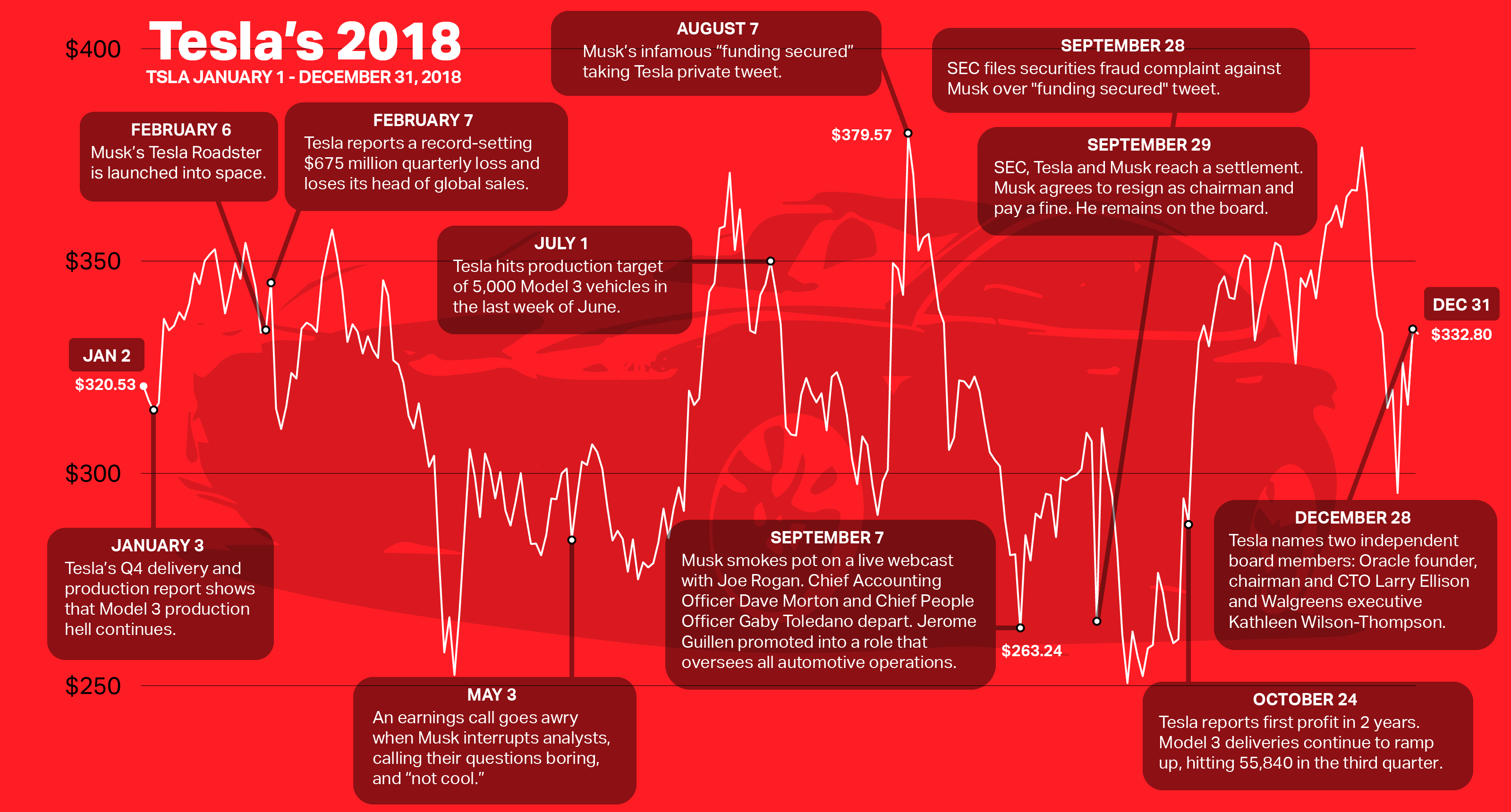Didi Chuxing, China’s dominant ride-hailing firm, is rolling out a range of financial and insurance services as it looks to fortify its service against a range of challenges in 2019.
The company announced today that it is adding “protection” insurance and credit services for both passengers and drivers who use its platform. The former is aimed particularly at Didi drivers by offering health and car insurance that it claims will “lower the entry barrier for gig economy workers and broaden the scope of protection for more families.”
These new options will appear inside the Didi app. The company isn’t saying too much about them in detail, but they were trialed in 10 cities last year. Similar services have surfaced in Southeast Asia, where Didi ally Grab and its local rival Go-Jek have built out a range of fintech services, including payments and insurance.
It’s impossible to ignore the fact that this new Didi rollout comes amid changes that could inhibit its ability to attract and retain drivers. That’s because, as we explained this week, regulations that come into effect on January 1 require drivers to hold two licenses, a local residency permit that clears them for work and a permit to operate a vehicle for commercial purposes. That’s tricky, because the residential permit is difficult to obtain, while the commercial driving license adds a cost that may see some part-time drivers decide that driving with Didi doesn’t make sense financially.
While Didi has fought back to lower the barriers by allowing divers to rent licensed cars that it sources itself — “you supply the manpower, we provide the car,” its slogan reads — these changes could spell the end of China’s gig economy, at least in terms of ride-hailing as we know it.
It’s hard to criticize the introduction of tighter driver regulation given that two Didi passengers were murdered by their drivers last year. The company claims to have instituted a major restructuring that puts the focus on passenger safety, but government intervention was inevitable and it could mean a diminished pool of drivers from which to pick. A Didi representative told TechCrunch that the company has 31 million registered drivers on the platform, but the company didn’t provide an indicator of how many are active.
Nonetheless, for those who will continue with Didi or join its fleet in 2019, this new rollout is aimed at providing some of the financial services that they miss out on by not working a “regular” full-time job. Beyond insurance and lending, it will also see Didi offer deals on “new energy vehicles” through its partners. That will cover both buying cars outright, as well as leasing, trading and acquiring on finance, the company explained.
For Didi, these introductions will likely provide a welcome revenue boost. Little is known about the company’s finances, but it is reported to have lost more than half a billion dollars in the first half of 2018, mainly on subsidies. Using its extensive reach to help finance and retail partners tap into its registered user base will create a new source of income whilst also providing benefits to those users.
Government regulation isn’t Didi’s only challenge this year, as a number of rivals have sprouted up even as Meituan — the deep-pocketed “super app” company that went public in 2018 — decided to pull away from ride-hailing due to financial concerns.
Traditional auto giants BMW and SAIC Motor — Volkswagen’s partner in China — are driving into the ride-hailing scene, while HelloBike, which just bagged significant funding from Alibaba’s Ant Financial and others, is entering, too.
These factors make 2019 an interesting year for Didi. Talk of the company going public was rife in previous years, but there seems to have been little progress made. Last year’s spin-out of its driver services business — a relatively asset-heavy unit — was tipped to be a precursor to a listing, but already Lyft and Uber have taken their first steps and Didi is reported to have stalled its efforts.


